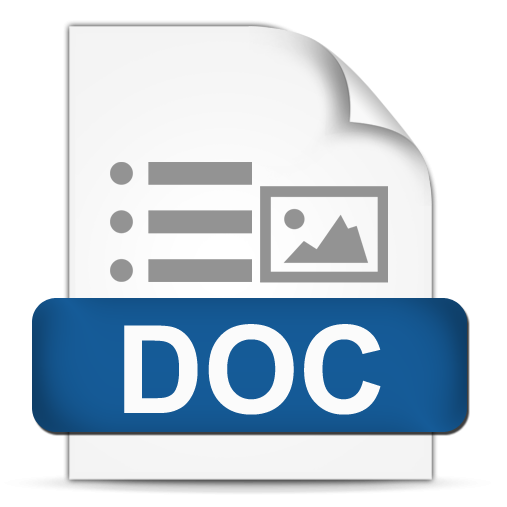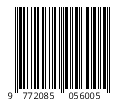DESAIN GENERATOR OZONE DENGAN TEKNOLOGI PLASMA DBD (Die-lectric Barrier Discharge)
DOI:
https://doi.org/10.26623/elektrika.v11i1.1535Keywords:
Plasma, AVR Microcontroller, Ozone.Abstract
Industrial sterilization is a very important problem. Ozone is a powerful oxidizer that can function for sterilization and is environmentally friendly. Plasma DBD (Dielectric Barrier Discharge) is one of the effective technologies to obtain ozone. The ozone generator currently uses a lot of manual control operations. Manual control uses a mechanical system in the form of a potentiometer to calibrate the frequency and output of the ozone generator output, so that digitization and automation are needed to operate to replace human labor. The design of the digital ozone control generator is done using an AVR microcontroller. Programming used in this research is basic language (BASCOM), then uses a DAC (Digital to Analog Converter) system which is the output of a Microcontroller with a Weighted Binnary Resistor. The output of the microcontroller is frequency and 8 bit digital with a decimal parameter of 200. The result of automation is that the timer works for 2 hours. The greater frequency the ozone produced. At a frequency of 1500Hz the power produced is 308.58 watts with an ozone concentration of 59 ppm. Efficiency using a switching system> 90%.
Keywords: Plasma, AVR Microcontroller, Ozone.
Downloads
References
Assa idah dan Yulinar Adnan.2009. Investigasi Terhadap Kemampuan 2 Tipe ADC. Universitas Sriwijaya: Palembang. Diunduh 24 april 2017.
Fadhli, 2010, Rancang Bangun Inverter 12v Dc Ke 220vac Dengan Frekuensi 50hz Dan Gelombang Keluaran Sinusoidal, Depok : Universitas Indone-sia.
Herman, 2007, Elektronika Teori Dan Penerapan, Jember : Penerbit Cerdas Ulet Kreatif
Ibrahim, KF, 1996, Teknik Digital, Andi Offset, Yogy akarta
Nur. M, 2011, Fisika plasma dan aplikasinya, Se-marang: Undip Press
Waluyo, 2015 Perancangan dan Realisasi Genera-tor Ozon menggunakan Metoda Pembangkitan Te-gangan Tinggi Bolak Balik (AC), Bandung
Downloads
Published
Issue
Section
License
Authors who publish this journal agree to the following terms:
The author owns the copyright and grants the journal the first publication rights with the work simultaneously licensed under the Creative Commons Attribution 4.0 International License which allows others to share the work with recognition of the authorship of the work and initial publication in the journal.
Authors may enter into separate additional contractual agreements for non-exclusive distribution of the published journal version of the work (e.g., posting it to an institutional repository or publishing it in a book), in recognition of its initial publication in this journal.
Authors are allowed and encouraged to post their work online (e.g., in institutional repositories or on their websites) before and during the submission process, as it can lead to productive exchanges, as well as earlier and larger citations of published works (See The Effects of Open Access).

This work is licensed under the Creative Commons Attribution 4.0 International License.











